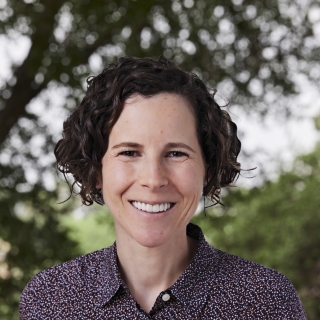Increasing Awareness of Youth Experiencing Homelessness
A national study estimates that one in 10 young adults between the ages of 18 and 25 and one in 30 adolescents between the ages of 13 and 17 experience some form of homelessness over the course of a year. In Texas, that means around 71,000 youth ages 13 to 17 and 320,000 youth ages 18 to 25 experience homelessness every year. However, finding and identifying these young people as homeless can be challenging. Identifying youth experiencing homelessness is one of the most effective ways to help, as it allows advocates to connect youth to key services in their communities. However, this can be difficult — often youth experiencing homelessness might not want to be identified because of perceived stigma or fear that identification might lead to separation from their family. Some youth might not even realize they qualify as homeless since the definition includes being doubled up, such as staying with a friend/family member, or couch surfing.
Youth who experience homelessness are at high risk for poor outcomes and chronic homelessness. We work to craft policy solutions that prevent young people from becoming homeless and successfully intervene when they do. The reasons why youth experience homelessness are multi-faceted. Because youth homelessness touches many policy areas, we work to create policy solutions to help these vulnerable Texans. We work to educate state lawmakers, locally elected officials, and various child-serving professionals about youth experiencing homelessness and the challenges they face. Raising awareness about the complexities of youth homelessness and ensuring the right people have accurate information to identify youth and connect them to resources is another way we leverage our expertise to help end homelessness.
Other Work
Learn about other justice issues we work on
Key Statistics
82%
During the 2021-22 school year, over 82% of youth experiencing homelessness were doubled up or lived in a hotel or motel.
40%
Nearly 40% of homeless youth struggle with mental health issues, stemming from trauma, lack of health care, or other factors.
Urban & Rural
While urban-area school districts have the highest number of students identified as homeless, high rates were often found in rural districts as well.













